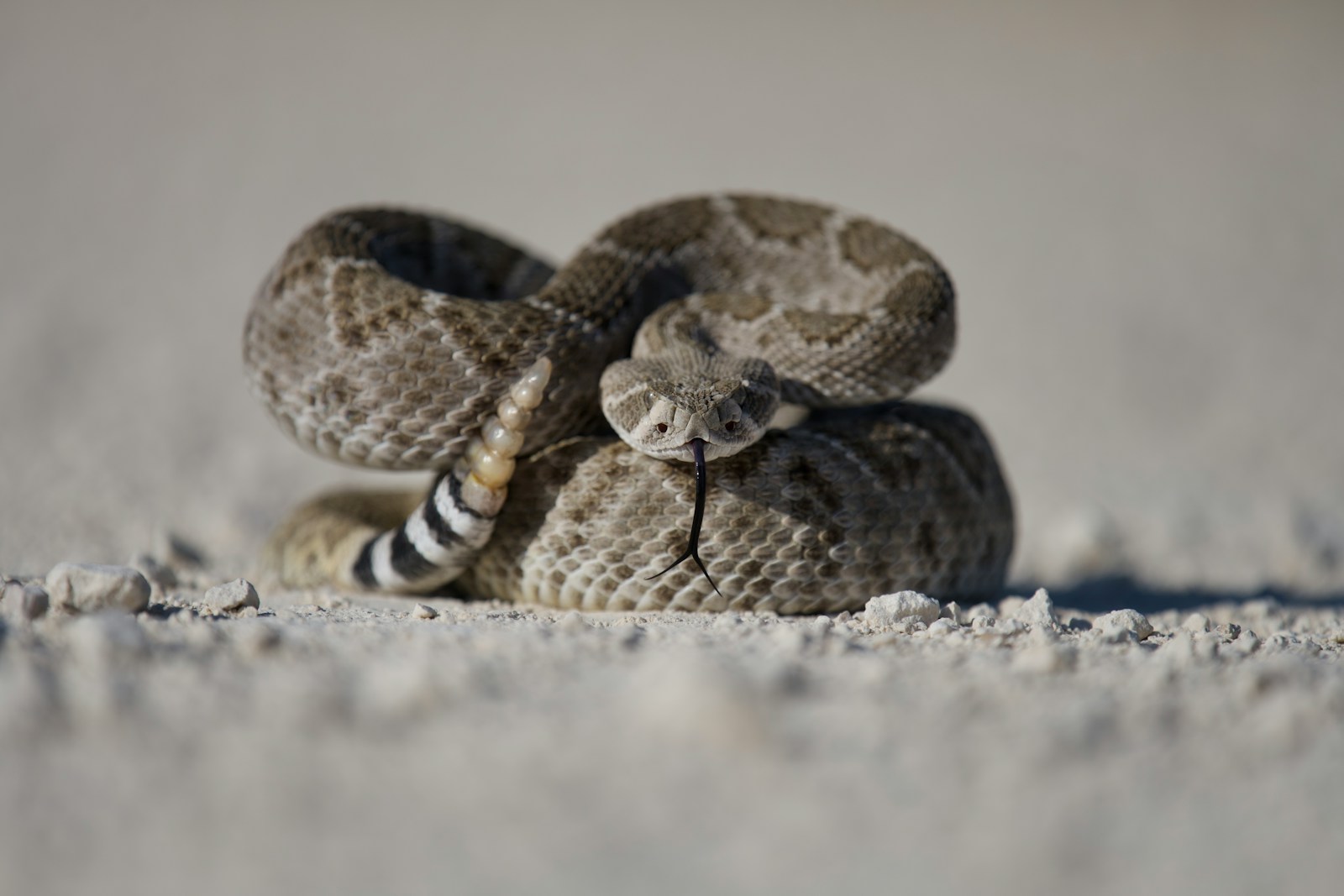Hiking through America’s diverse landscapes offers breathtaking views and peaceful solitude, but it also means sharing the trail with wildlife—including rattlesnakes. These venomous reptiles are found throughout most of the United States, particularly in drier regions of the West and Southwest. While rattlesnake encounters can be frightening, knowing how to respond appropriately can prevent a dangerous situation from escalating. Most rattlesnake bites occur when humans accidentally step on snakes or deliberately interact with them.
By understanding rattlesnake behavior and following proper safety protocols, you can enjoy your outdoor adventures with confidence and respect for these important but potentially dangerous creatures.
Understanding Rattlesnake Behavior

Rattlesnakes are generally shy, non-aggressive creatures that prefer to avoid confrontation with humans whenever possible. They use their distinctive rattle as a warning system, essentially communicating to potential threats that they’re feeling threatened and would prefer to be left alone. Contrary to popular belief, rattlesnakes don’t always rattle before striking—they may strike immediately if they feel cornered or surprised.
These reptiles are most active during warm months, particularly in the morning and evening hours when temperatures are moderate. Understanding that rattlesnakes aren’t actively seeking human interaction can help calm your nerves if you encounter one on the trail.
Stay Alert on the Trail

Prevention is always the best approach when it comes to rattlesnake encounters. As you hike, remain vigilant and scan the trail ahead, particularly in rocky areas, around logs, or near dense vegetation where snakes might rest. Avoid placing your hands or feet in areas you cannot clearly see, such as behind rocks or into dense brush. Wearing closed-toe shoes and long pants provides an additional layer of protection, especially in known rattlesnake habitats.
Hiking with trekking poles can be beneficial, not only for stability but also for gently probing areas ahead where visibility might be limited. Staying alert is particularly important during warmer months when rattlesnakes are most active.
Recognize a Rattlesnake
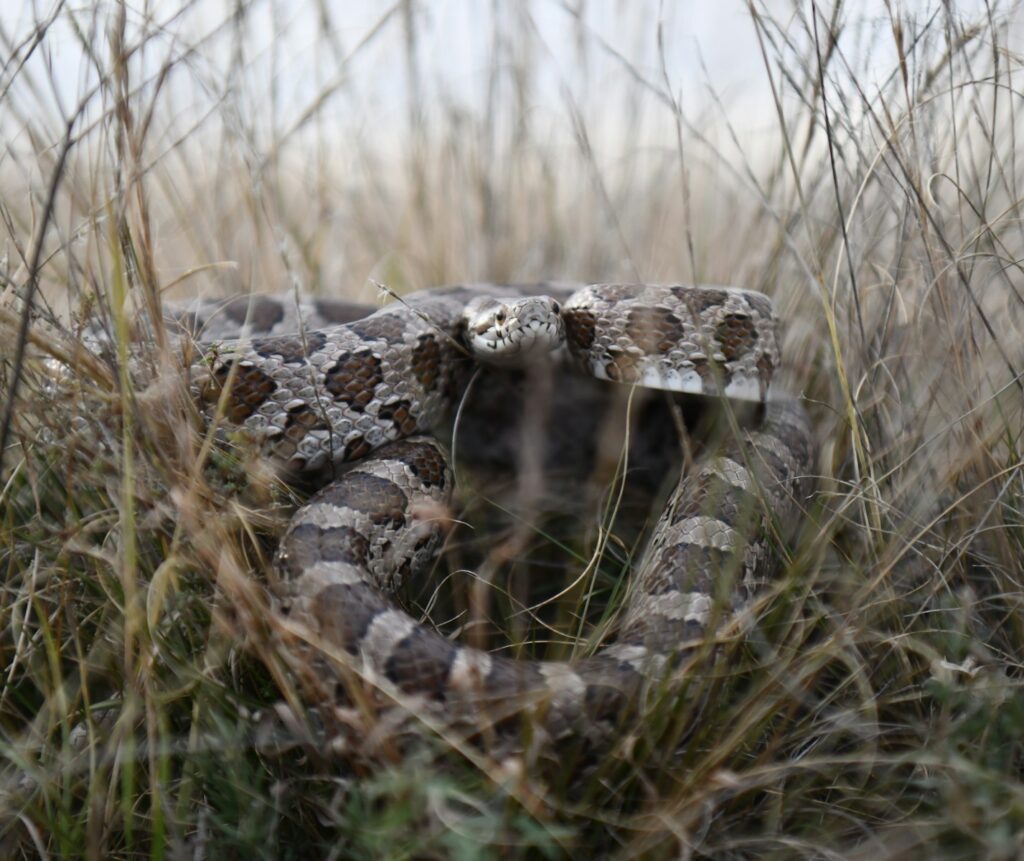
Correctly identifying a rattlesnake can be crucial during an encounter. Most rattlesnakes have distinctive triangular-shaped heads, vertical pupils (like a cat’s eye), and thick bodies with patterns of diamond, hexagonal, or oval shapes along their backs. Their most recognizable feature is the rattle at the end of their tail, though young rattlesnakes may have only a single button segment.
Not all snakes with patterned bodies are rattlesnakes—many harmless species have evolved to mimic venomous ones as a survival strategy. Several non-venomous snakes can also vibrate their tails against dry leaves to mimic the sound of a rattle, adding to potential confusion. Learning to identify common snake species in your hiking area can help you distinguish between venomous and non-venomous varieties.
Freeze, Assess, and Back Away
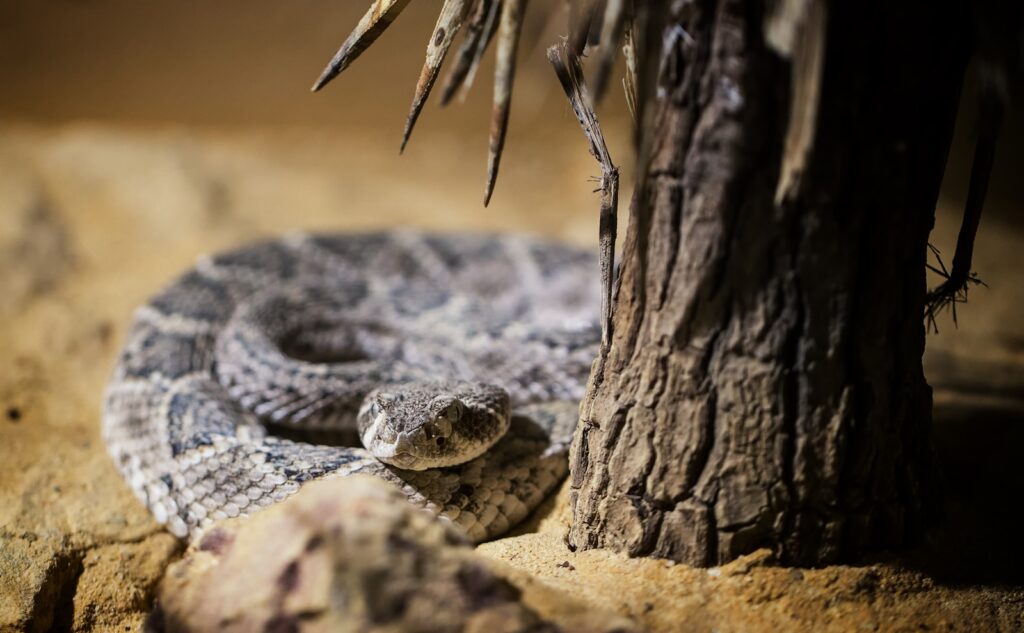
If you suddenly notice a rattlesnake on your path, the first and most important action is to stop moving immediately. Quick or erratic movements might startle the snake and potentially trigger a defensive strike. From your stopped position, calmly assess the situation—note the snake’s location and determine if it’s aware of your presence. If the snake is rattling, it’s already feeling threatened and alerting you to keep your distance.
Once you’ve evaluated the scene, begin backing away slowly and deliberately, maintaining visual contact with the snake until you’re at a safe distance (at least 5 feet, though further is better). Remember that rattlesnakes can strike a distance of roughly half their body length, which can be up to 2-3 feet for larger specimens.
Give the Snake Space to Retreat
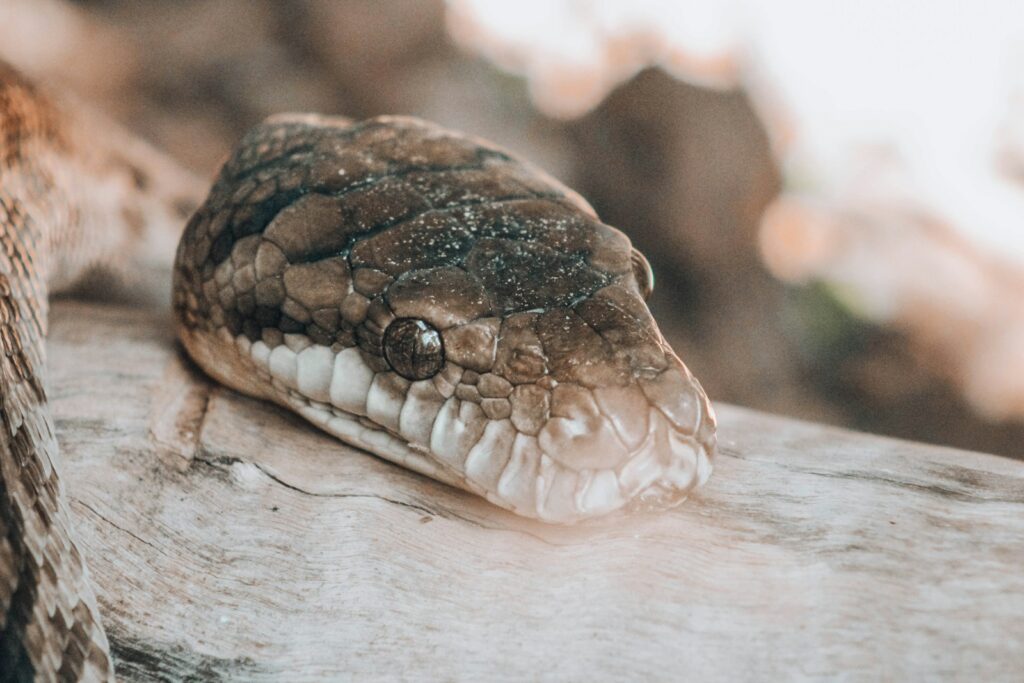
Rattlesnakes have no interest in pursuing humans and would much rather escape an encounter than escalate it. When you back away, you’re giving the snake an opportunity to retreat safely on its own terms. Patience is crucial during this process—the snake may take a minute or two to feel secure enough to move away. If the snake doesn’t move immediately, continue to maintain a safe distance and perhaps find an alternate route around it, giving it a wide berth of at least 10-15 feet.
Never attempt to rush past a rattlesnake or jump over it, as sudden movements directly above the snake are likely to trigger its defensive instincts. Most snake encounters end peacefully when both parties are given sufficient space and time.
Never Attempt to Handle or Move the Snake
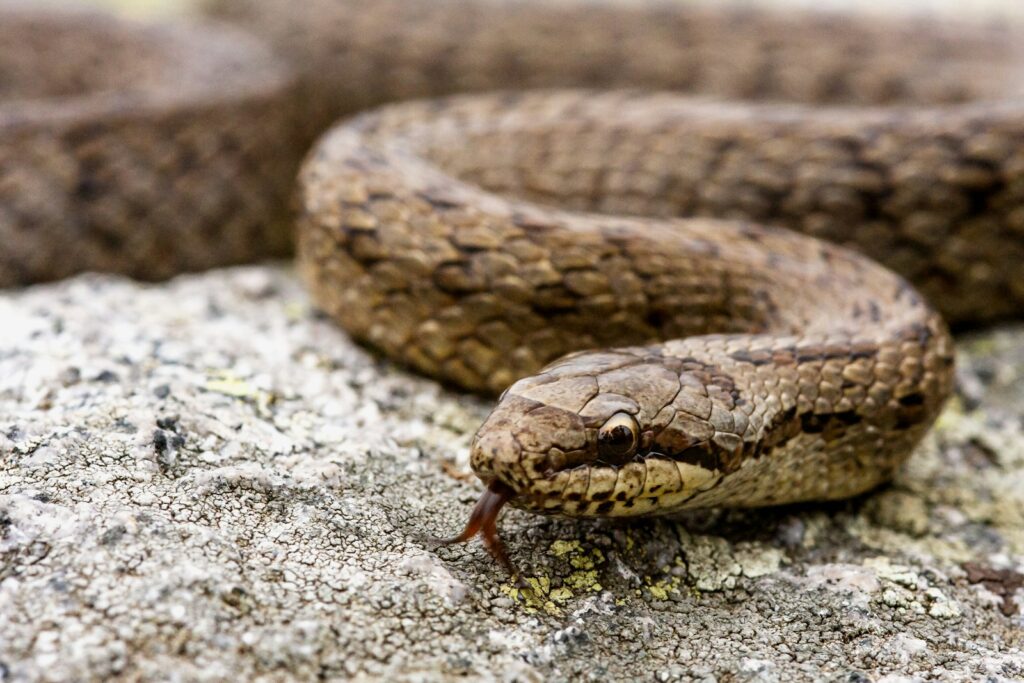
One of the most dangerous mistakes hikers make is attempting to move, touch, or otherwise interact with a rattlesnake. Statistics show that a significant percentage of snakebites occur when people deliberately handle or provoke snakes. Even using a stick or other object to move a snake is extremely risky and should never be attempted. Some hikers mistakenly believe they’re helping others by removing a snake from the trail, but this action puts them at serious risk of a defensive strike.
A snake that feels directly threatened is much more likely to strike than one that’s simply being avoided. If you’re concerned about other hikers, you can wait nearby (at a safe distance) to warn approaching people, or place a marker like a pile of rocks well away from the snake to alert others.
Protect Your Hiking Companions
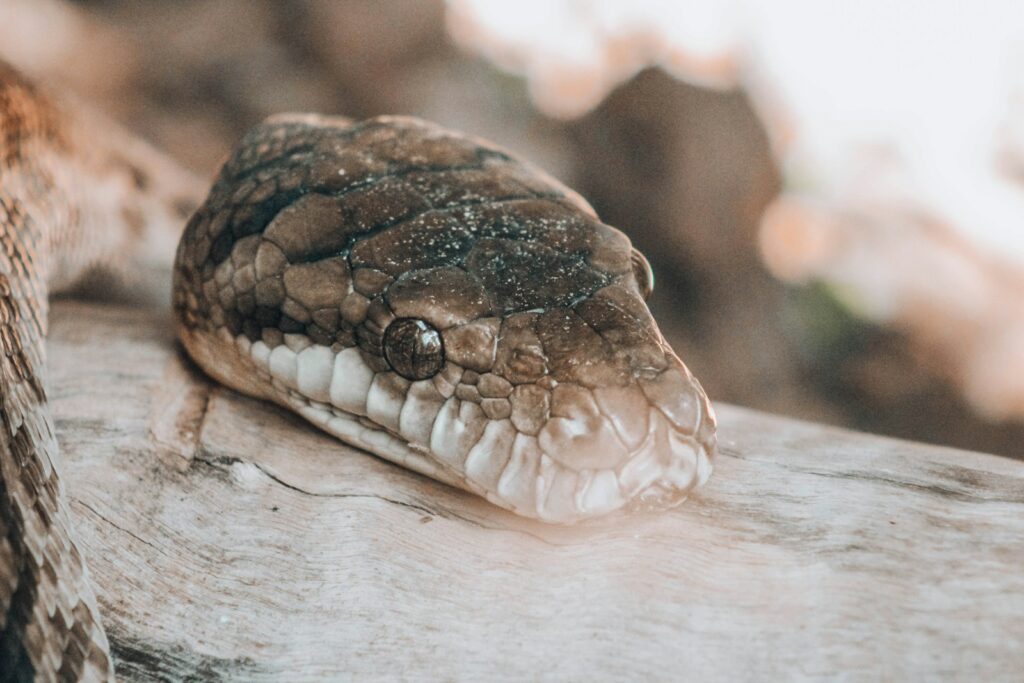
If you’re hiking with companions when you encounter a rattlesnake, calmly alert them to the snake’s presence using a normal speaking voice. Shouting or making sudden movements might startle both your companions and the snake, potentially creating a more dangerous situation. Ensure that everyone in your group maintains a safe distance and follows the same protocols—freeze, assess, and back away slowly.
Children and dogs require special attention during snake encounters, as they may not understand the danger or might react with curiosity. Keep children close to you and dogs on a short leash in rattlesnake territory. If you have a dog, consider specialized rattlesnake aversion training before hiking in snake-prone areas.
What to Do If You’re Bitten

Despite taking precautions, rattlesnake bites can still occur. If you or someone in your group is bitten, it’s critical to remain as calm as possible and minimize movement of the affected area to slow venom spread. Remove any jewelry or tight clothing near the bite site before swelling begins, and position the bite area at or below heart level if possible. Do not apply tourniquets, cut the wound, attempt to suck out venom, or apply ice—these outdated first aid techniques can cause more harm than good.
Instead, call emergency services immediately or begin evacuation to the nearest medical facility, as antivenom treatment should be administered as soon as possible. If you’re in a remote area without cell service, sending someone for help while the victim remains still is typically the best approach.
Use Trekking Poles Wisely

Trekking poles can be valuable tools when hiking in rattlesnake country, but they must be used appropriately. These poles allow you to gently probe areas of limited visibility ahead of you, potentially alerting hidden snakes to your presence before you get too close. The vibrations created by trekking poles striking the ground may also serve as an early warning system for snakes, giving them time to move away before an encounter occurs.
However, never use trekking poles to poke, prod, or harass a rattlesnake you’ve already spotted—this is likely to provoke a defensive response rather than encourage retreat. Instead, use poles to help maintain your balance as you carefully back away from the snake, keeping the poles between you and the reptile as an additional buffer.
Time Your Hikes Strategically
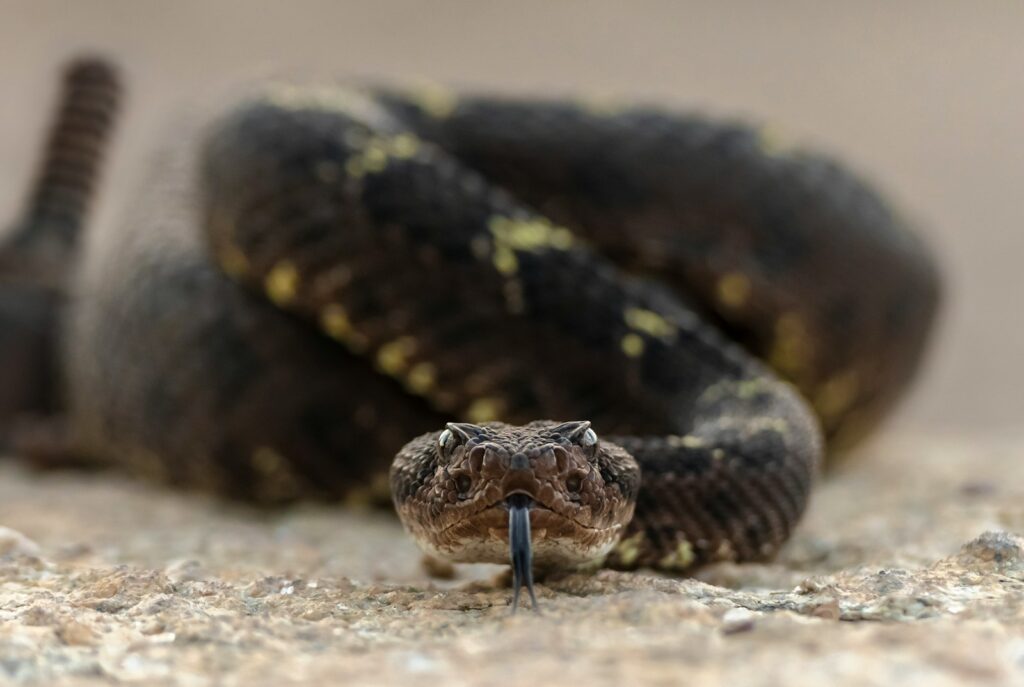
Understanding rattlesnake behavior patterns can help you minimize the chances of an encounter. During hot summer months, rattlesnakes are typically most active during early morning and evening hours when temperatures are moderate, and they often seek shelter in shaded areas during the heat of the day. In spring and fall, they may be active throughout daylight hours as they soak up available warmth.
Rattlesnakes are generally less active during winter months in most regions, though this varies by climate zone. Planning your hikes during times of lower snake activity can significantly reduce your chances of an encounter. Additionally, staying on established trails reduces your risk, as you’re less likely to surprise a snake in its natural hiding place.
Consider Protective Gear

For hikers frequently traveling through heavy rattlesnake territory, specialized protective gear might be worth considering. Snake gaiters or snake-proof boots are designed to protect the lower legs, where a significant percentage of snakebites occur. These protective coverings are made from materials that snake fangs cannot penetrate, providing an extra layer of security. While no gear is 100% effective, and avoiding snakes remains the best strategy, these items can provide additional peace of mind in high-risk areas.
For those hiking with dogs in snake country, specialized snake-proof vests are available that protect a dog’s vital organs and chest area. Remember that protective gear is a supplement to, not a replacement for, proper snake awareness and avoidance techniques.
Report Rattlesnake Sightings
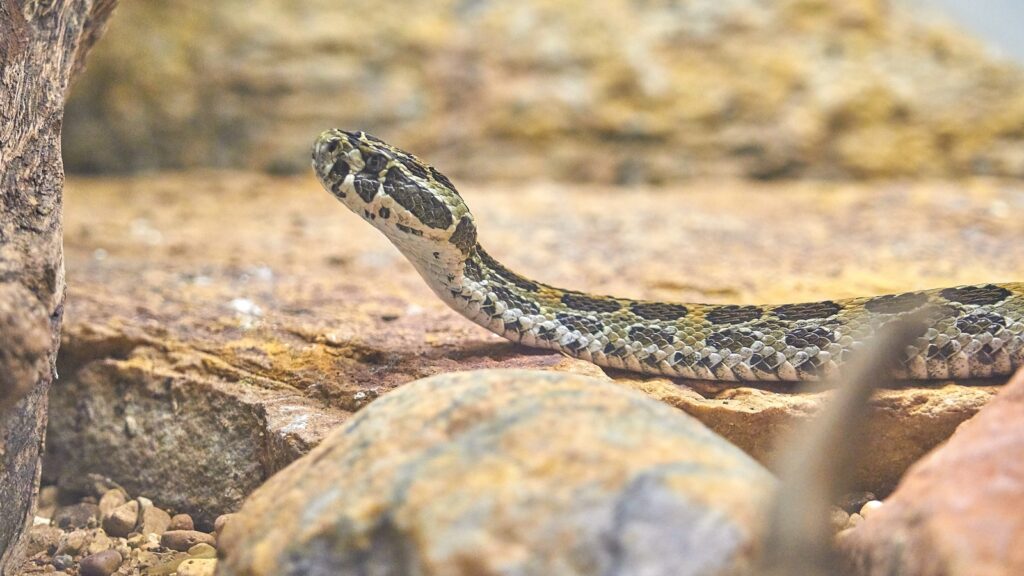
Many parks and trail systems appreciate being informed about rattlesnake sightings, particularly if the snake is in a high-traffic area. If you encounter a rattlesnake on a popular trail, consider reporting the sighting to park rangers or trail management when you safely return. This information helps authorities monitor snake populations and potentially warn other hikers if necessary.
Some parks may post temporary warning signs in areas with recent snake activity, especially near picnic areas or popular viewpoints. When reporting a sighting, be as specific as possible about the location, including trail names and approximate distances from landmarks. This courtesy to other hikers helps everyone enjoy the outdoors more safely and contributes valuable data for wildlife management programs.
Educate Yourself Before You Go
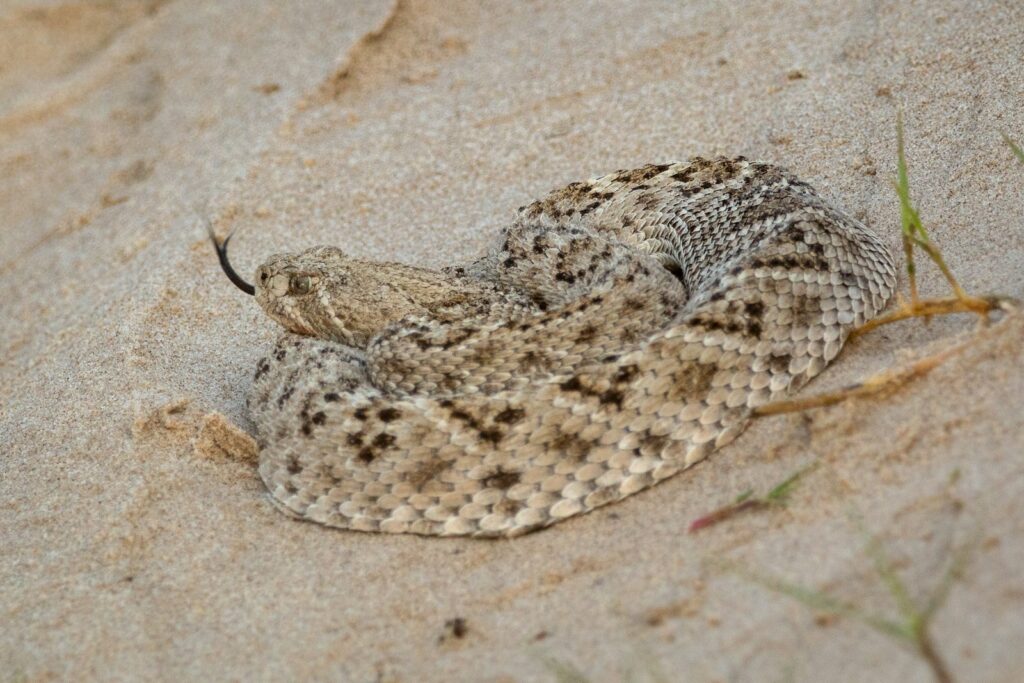
Knowledge is your best protection when hiking in rattlesnake territory. Before heading out, research which snake species are common in your destination area and learn to identify them. Many park visitor centers offer information about local wildlife, including snakes, and may have display specimens that can help with identification. Understanding the specific habitats and behaviors of local rattlesnake species can help you avoid high-risk areas. For example, some species prefer rocky outcroppings while others may be more common in grassland areas.
Additionally, familiarize yourself with the locations of the nearest medical facilities along your route in case of emergency. Many hiking apps now include this information, making it easily accessible even in remote areas with downloaded maps.
Conclusion
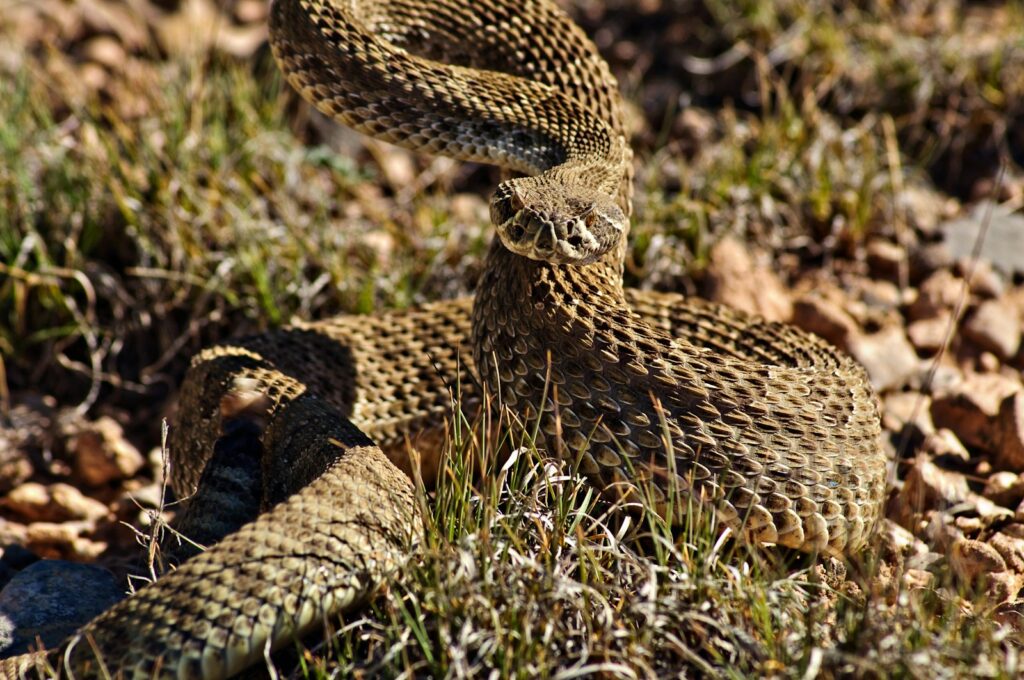
Rattlesnake encounters, while intimidating, are rarely catastrophic when handled appropriately. By maintaining awareness on the trail, identifying snakes accurately, and responding calmly when encounters do occur, you can coexist peacefully with these important predators. Remember that rattlesnakes play vital roles in their ecosystems by controlling rodent populations and serving as prey for larger predators.
Most rattlesnake bites happen when humans choose to interact with these animals rather than giving them space. By treating rattlesnakes with respect and caution, you’ll not only protect yourself but also contribute to the preservation of these fascinating, if potentially dangerous, creatures that are essential components of North America’s wild landscapes.

